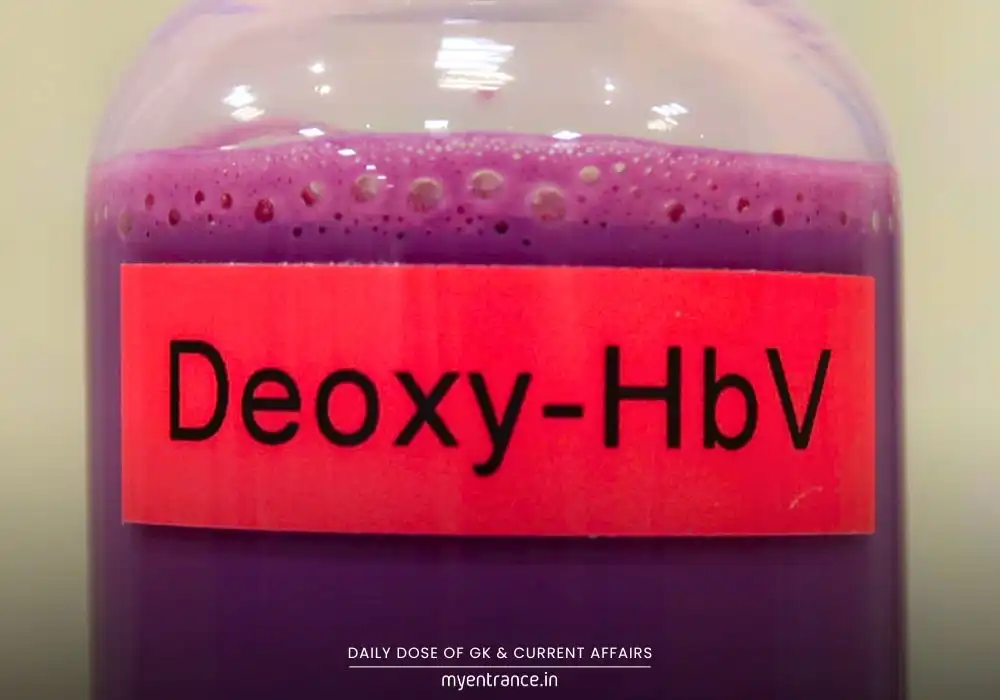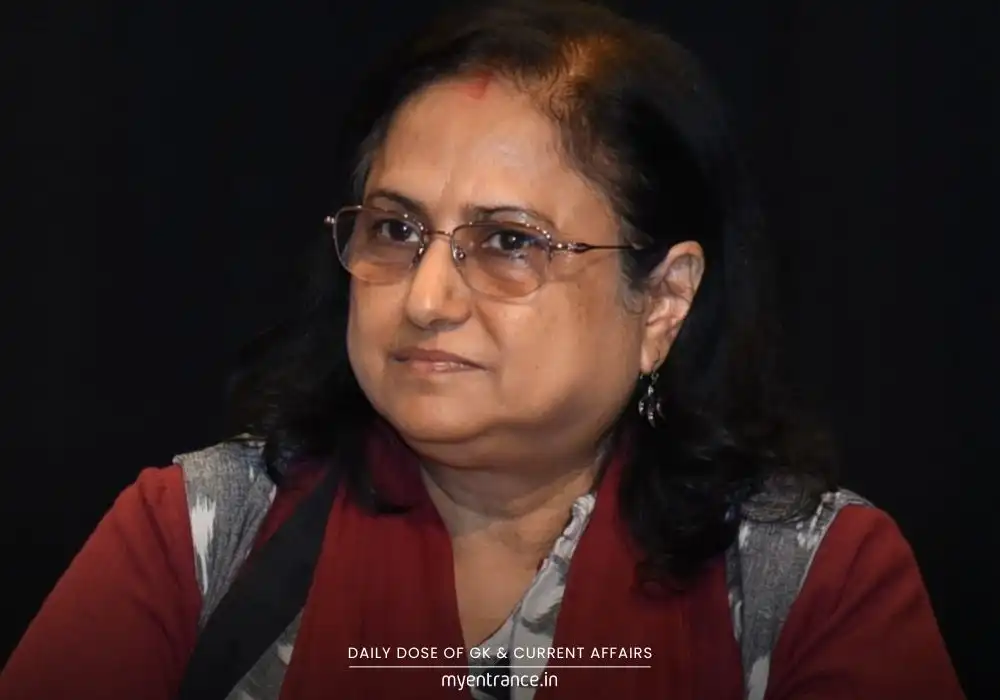Translate Language
No Refrigeration, No Blood Type Issues: Is Japan’s Artificial Blood the Future?
In a major medical breakthrough, Japanese researchers have created artificial blood that eliminates the need for blood type matching and refrigeration. This innovation could address global blood shortages and save lives in emergencies, disaster zones, and remote areas.

Japan’s Artificial Blood: A Game-Changer for Medicine
Scientists at Japan’s Nara Medical University have developed a universal artificial blood that could transform emergency healthcare. Here’s why this innovation matters:
Works for Any Blood Type – Unlike real blood, this synthetic version doesn’t require compatibility checks, making transfusions faster in emergencies.
No Refrigeration Needed – While real blood lasts only 42 days under refrigeration, this artificial blood can be stored at room temperature for up to two years (and five years in a fridge).
Virus-Free & Safe – Since it’s made from hemoglobin extracted from expired donor blood and enclosed in fat-based bubbles, it avoids immune reactions and infection risks.
How It Works
The team, led by Professor Hiromi Sakai, extracts hemoglobin from expired blood donations and encases it in tiny synthetic cells. These mimic real red blood cells, safely transporting oxygen without triggering immune responses.
Potential Impact
Emergency & Military Use – Ideal for battlefields, disaster relief, and remote clinics where blood storage is difficult.
Reducing Waste – Expired blood, usually discarded, can now be repurposed.
Global Blood Shortage Solution – The WHO reports a critical blood supply gap—this could help bridge it.
Clinical Trials & Future Plans
Early human trials (since 2022) show no serious side effects. If larger trials succeed, Japan could deploy this artificial blood in hospitals by 2030.
FAQs About Japan’s Artificial Blood
1. Can artificial blood fully replace real blood?
Currently, it’s designed for emergencies and short-term use, not long-term replacements. However, it could drastically reduce dependency on donations.
2. Is it safe for all patients?
Yes! Since it lacks blood-type markers, it avoids compatibility issues. Early trials confirm safety in healthy volunteers.
3. How long can it be stored?
Up to 2 years at room temperature and 5 years refrigerated—far longer than real blood’s 42-day limit.
4. When will it be available globally?
If trials succeed, Japan may roll it out by 2030. Other countries could follow after regulatory approvals.
5. Could this end blood shortages?
While not a complete solution, it eases pressure on blood banks, especially in crises where matching blood types is difficult.
Japan’s artificial blood breakthrough could redefine emergency medicine, making transfusions faster, safer, and more accessible. For aspirants preparing for UPSC, SSC, or other competitive exams, such innovations are crucial current affairs topics.
Get 3 Months Free Access for SSC, PSC, NIFT & NID
Boost your exam prep!
Use offer code WELCOME28 to get 3 months free subscription. Start preparing today!















